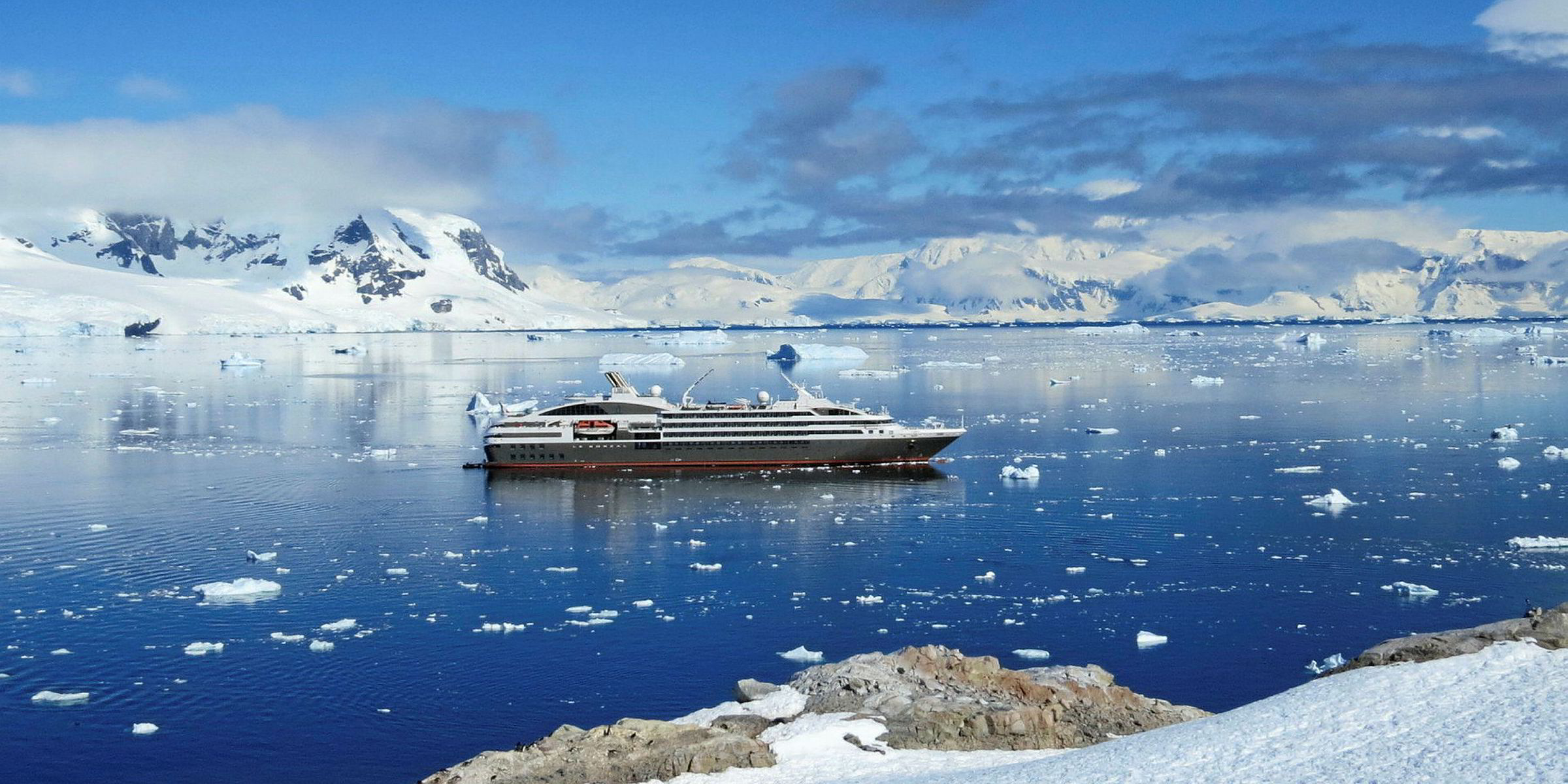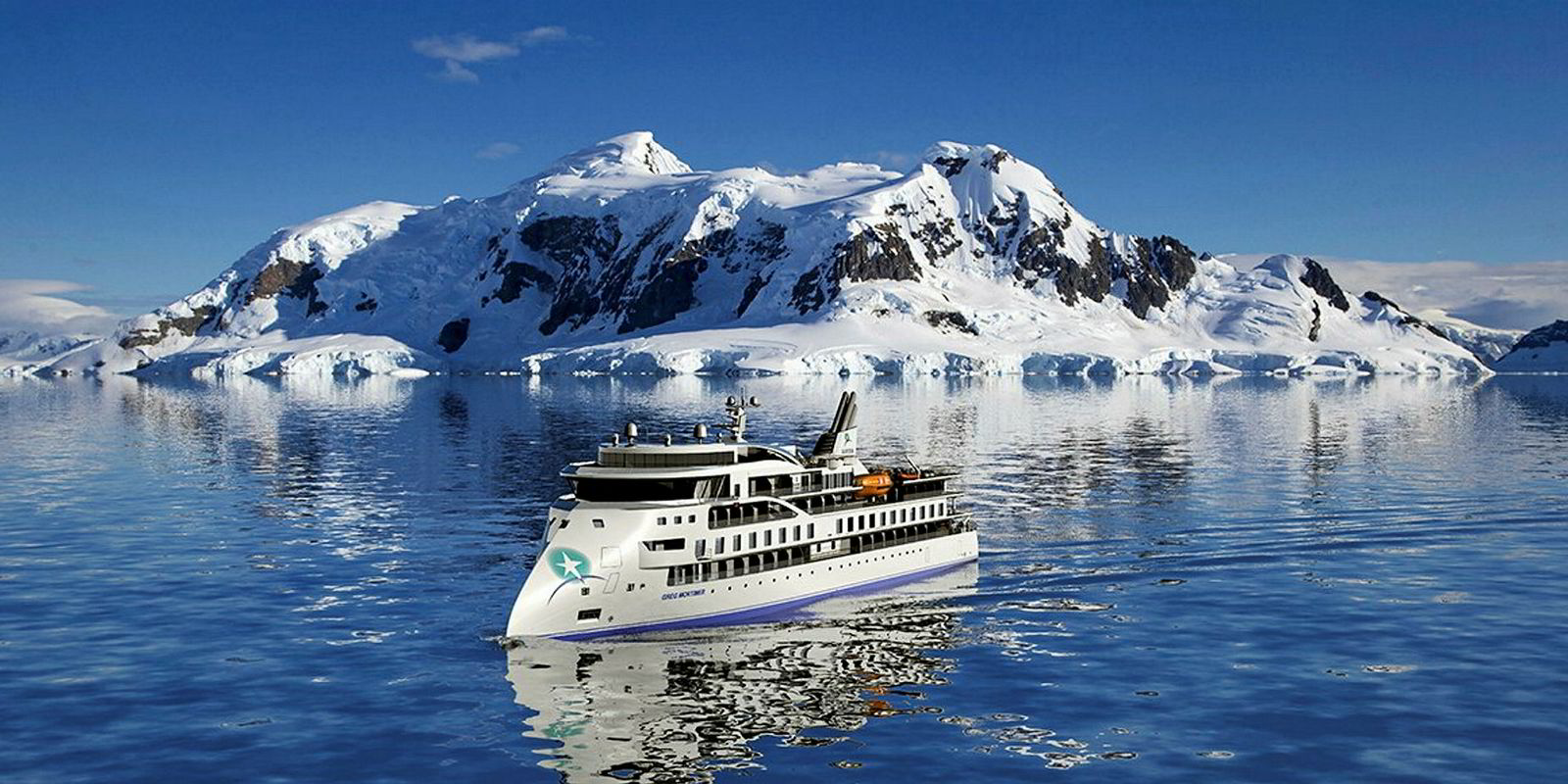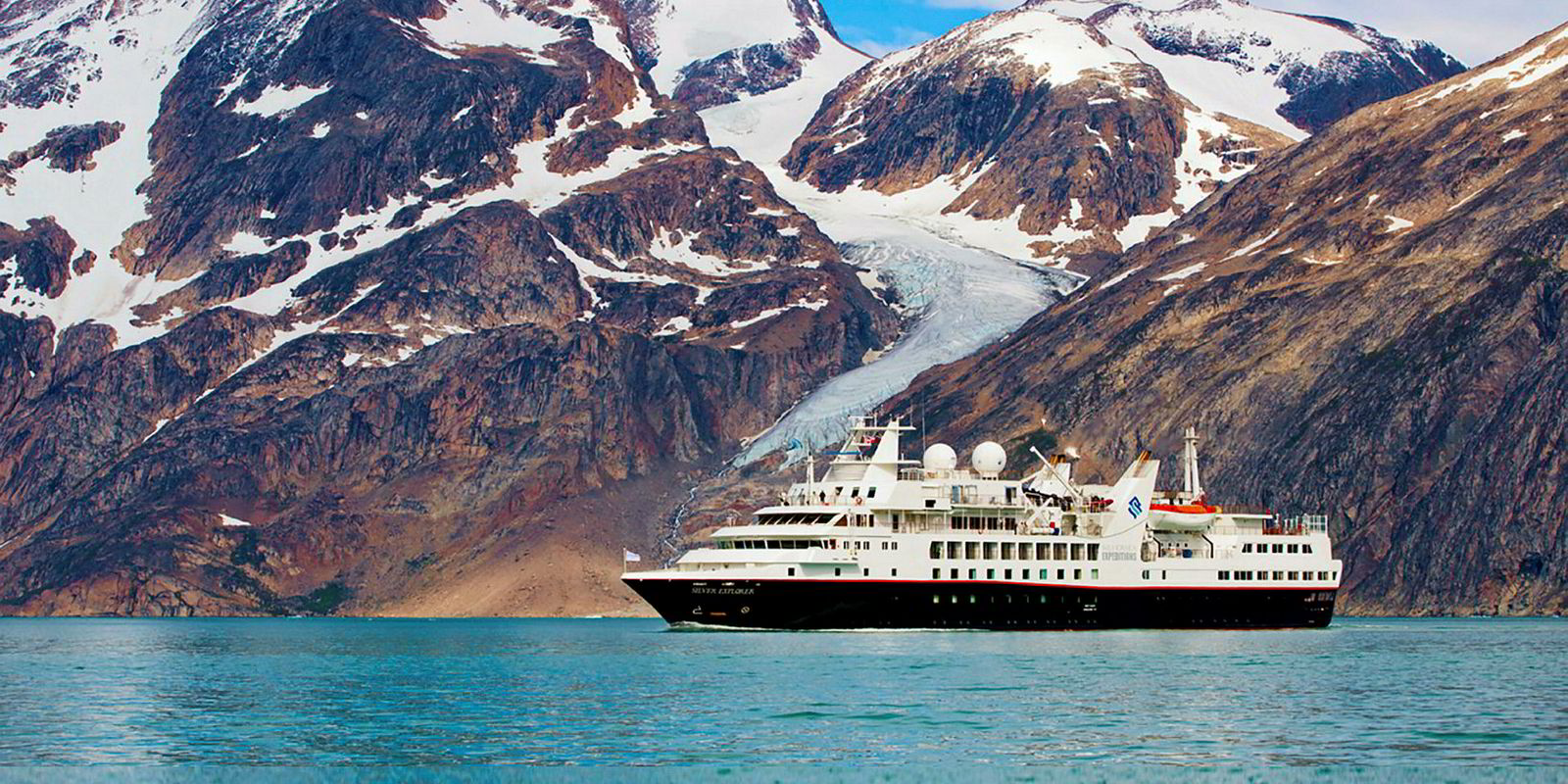Expedition cruiseship operators are reaping the rewards of a growing market as more vacationers seek once-in-a-lifetime adventures instead of repeated trips to the same patches of white sand and blue water.
“If you’ve already been to the Caribbean, you may seek something different,” says Edda Falk, spokeswoman for the Association of Arctic Expedition Cruise Operators (AECO).
“We see a general trend in increased interest in adventure-based tourism. Some people prefer a place a bit off the beaten path.”
AECO forecasts that the annual number of passengers carried by its members, such as Hurtigruten, Lindblad Expeditions, Silversea Cruises, Ponant and Seabourn Cruise Line, will rise from nearly 27,300 last year to 38,000 in 2020. The growth comes on the back of industry-wide increases in passenger counts for polar cruises.
The number of passengers to the Arctic regions of Svalbard, Greenland, northern Canada and Russia’s Franz Josef Land grew from 50,000 in 2005 to about 80,000 in 2016, according to AECO. Alaska is expected to receive 1.1 million cruise passengers this year.

Increased capacity is also expected to boost demand as 30 more polar expedition vessels are slated to enter the market over the next three years. Ships range from 12 passengers to 500 passengers but most carry about 200, Falk adds.
In light of heightened demand, AECO members follow stringent policies to protect nature and stagger voyages to prevent “over-tourism”. The association also prohibits the use of drones, to safeguard wildlife and natural surroundings.
“Expedition cruising will continue to grow and we are working to ensure it’s sustainable,” Falk says.
The International Association of Antarctica Tour Operators (IAATO) credits the growth in expedition cruising to an improving economy. Passenger numbers to Antarctica grew to 41,996 in the 2017-2018 season — up 16% from a year earlier.
“It’s very much linked to GDP,” spokeswoman Amanda Lynnes says. “As people are feeling flush around the globe, they are more interested in going to more interesting places around the world.
“It’s not enough to go to one place en masse any more.”
Americans constitute one-third of Antarctica cruising, she says, but Chinese citizens have taken second place, given their country’s emergence as a global economic heavyweight.
IAATO is trying to safeguard the Antarctic’s environment in the face of such growth. It has worked with the Antarctic Treaty System to require ships with more than 500 passengers to keep travellers onboard.
“We’re always having discussions on how to handle all these people,” says Lynnes.
Aurora Expeditions, which offers cruises to Australia, the Galapagos Islands and Arctic regions, will launch a 120-passenger expedition vessel called Greg Mortimer in October 2019, chartered from Miami’s SunStone Ships. It is already more than 60% booked for its first year of sailing.
“Expedition travel is booming,” spokeswoman Courtney Rule says. “Travellers are seeking more enriching experiences — looking to get to the heart of nature, participate in unique activities and connect with like-minded people.”
The Australian company, with three expedition vessels, already expects business to grow up to sixfold in the next few years, she says.
SunStone Ships has firmed up a contract for a third Infinity-class expedition cruiseship. The 200- passenger newbuilding, to be named Ocean Victory, is scheduled for delivery by China Merchants Heavy Industry in March 2021.
SunStone Chief executive Niels-Erik Lund attributes the rise in cruise popularity to more nationalities beyond Americans showing interest and people retiring earlier.
Further, the quality of the expedition vessels has improved considerably, expanding the market.
“Ten years ago, most expedition cruises were carried out by older Russian research vessels, many with inside cabins, and many with cabins without private facilities,” Lund says.
“This has changed drastically, so today most expedition vessels have outside cabins only, all with private facilities and with restaurants, bars, shops, spas, all at a very good cruise standard.”
Seattle-based Quark Expeditions has added four sales associates and is recruiting a fifth in an effort to expand market share worldwide.
This year, it added the 167-berth World Explorer to its fleet of chartered vessels and last month ordered its first company-owned ship for $130m.
Miami-based Carnival Corp has ordered two 264-passenger expedition vessels for its luxury brand Seabourn, set for delivery in 2021 and 2022.
“Demand for expedition travel continues to grow,” says Carnival spokesman Brian Badura. “These two new ships build upon the success of our Antarctica sailings and the Ventures by Seabourn programme, which is offered in select destinations around the world.”
Meanwhile, Royal Caribbean Cruise Lines recently bought a two-thirds stake in luxury and expedition cruise player Silversea Cruises for $1bn.







